Text
Updated Reading List 6.3: Sephardic and Mizrahi Jewish History
Historiography, Theory, Methodology, Construction, and Philosophy of History
American History
Ancient History
Atlantic World History
European History
Ancient Jewish History
Medieval Jewish History
Sephardic and Mizrahi Jewish History (THESE are the parts of Jewish History which are…not as prominently featured or acknowledged in mainstream American Jewish culture and memory as they SHOULD be)
Memory, Oblivion, and Jewish Culture in Latin America by Marjorie Agosin
Hebrews of the Portuguese Nation: Conversos and Community in Early Modern Amsterdam (The Modern Jewish Experience) by Miriam Bodian
Becoming Ottomans: Sephardi Jews and Imperial Citizenship in the Modern Era by Julia Phillips Cohen
Sephardim: The Jews from Spain by Paloma Diaz-Mas
The Damascus Affair: Ritual Murder, Politics, and the Jews in 1840 by Jonathan Frankel
Jews of Spain: A History of the Sephardic Experience by Jane S. Gerber
Jewish Culture and Society in North Africa (Indiana Series in Sephardi and Mizrahi Studies)by Emily Benichou Gottreich
Atlantic Diasporas: Jews, Conversos, and Crypto-Jews in the Age of Mercantilism, 1500-1800 by Richard L. Kagan and Philp D. Morgan
History of a Tragedy: THE EXPULSION OF THE JEWS FROM SPAIN (Hispanisms) by Joseph Perez
After Expulsion: 1492 and the Making of Sephardic Jewry by Jonathan S. Ray
Jews and Muslims: Images of Sephardi and Eastern Jewries in Modern Times by Aron Rodrigue
Sephardi Jewry: A History of the Judeo-Spanish Community, 14th-20th Centuries (Jewish Communities in the Modern World) by Esther Benbassa and Aron Rodrigue
The Jews of Arab Lands in Modern Times by Norman A. Stillman
A Global Community: The Jews from Aleppo, Syria (Raphael Patai Series in Jewish Folklore and Anthropology) by Walter Zenner
Sephardic and Mizrahi Jewry: From the Golden Age of Spain to Modern Times by Zion Zohar
NOTE: I’m an Amazon Affiliate; I will receive a small portion of the proceeds from ANYTHING [hint] you purchase on Amazon via my links. I am an independent scholar, and need $$$ to pay my translators etc for my book on Jewish women’s Holocaust resistance, so anything you can do helps! If you’d rather not give your $$$ to Amazon but still want to help this independent scholar out, my paypal is here.
266 notes
·
View notes
Text
Yiddish sayings, a collection

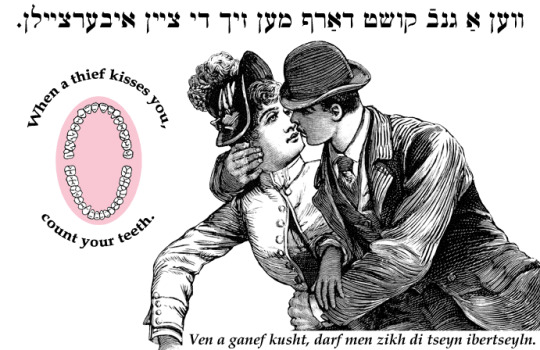


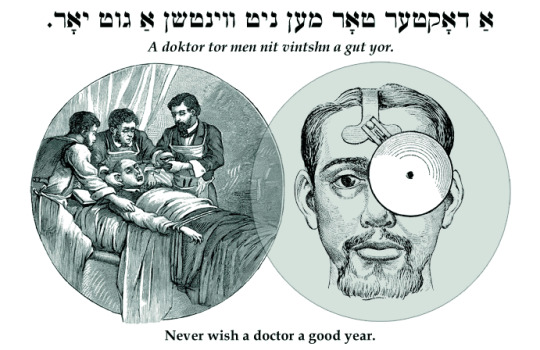

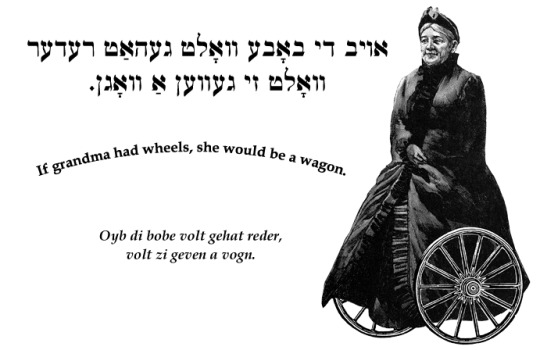

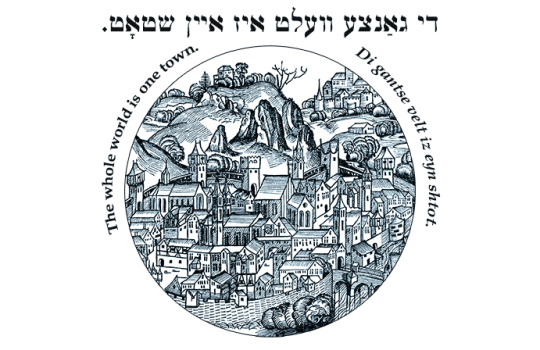
3K notes
·
View notes
Photo


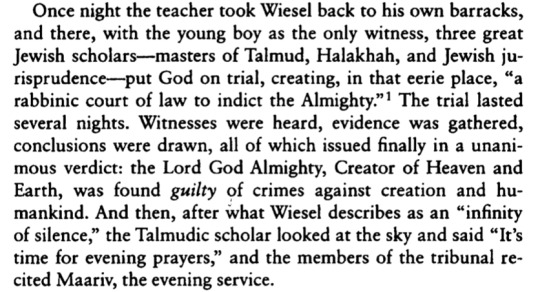

god on trial
afterword: the trial of god, the trial of us, matthew fox // angels in america: perestroika, tony kushner // introduction to elie wiesel’s the trial of god, robert mcafee brown // a city like a guillotine shivers on its way to the neck, ilya kaminsky
646 notes
·
View notes
Photo



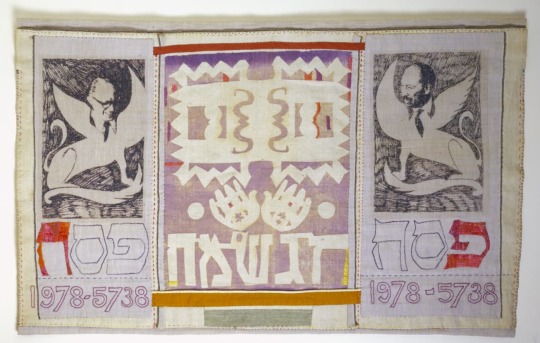




Challah cover research/inspiration from The Jewish Museum.
1. Still Life with Challah, c. 1930, Max Webber, 1881-1961, American b. Russia
2. Mizrah, Archie Granot: "The term ‘mizrah’ literally means east. In many Jewish homes, a mizrah plaque was placed on the wall facing Jerusalem. It reminded the Jew where to face during prayer. This papercut was created for this same purpose. The ‘hineni he'ani mima'as’ - a personal plea by the chazan on Rosh Hashana and Yom Kippur - is micrographically inscribed around the border of this paper cut. The red and white colored papers represent the impurity which our prayers replace with a state of holiness and grace"
3. Had Gadya Suite (Tale of a Goat), Cover, 1919, El Lissitzky, Russian, 1890-1941
4. Matzah Cover, 1978, Lillian Elliot, American (Berkley, California). “This matzah cover commemorates the Camp David peace accords between Egypt and Israel. In honoring the significance of this occasion on a Passover ritual object, Lillian Elliott reminds the viewer of the Jews’ enslavement and exodus from Egypt. While recognizing this history of conflict, Elliott’s work suggests a more hopeful future in the wake of the Camp David accords.”
5. Sukkah Decoration, Rodal’s Hebrew Book Store, Montreal, Canada, 1950. “Four days after Yom Kippur (Day of Atonement), the autumn harvest holiday of Sukkot begins. Observant Jews build sukkot, or booths similar to those used by the Israelites in the desert after the Exodus from Egypt. During the holiday, it is customary to eat in the sukkah and to symbolically invite seven biblical figures or ushpizin–Abraham, Isaac, Jacob, Joseph, Moses, Aaron, and David–one on each day of the festival. The sukkah walls are often covered with decorations such as this 20th century printed example featuring illustrations and inscriptions related to each one of the biblical guests at center as well as depictions of Jewish holy sites and the signs of the zodiac within medallions above and along the sides.”
6. Hallah cover made from a textile fragment, Europe, late 18th to early 19th century, silk brocade; painted applique; cotton.
7. Matzah cover, paper: embroidered with metallic, silk and synthetic thread, 1994, Sue Trytell, Australian.
8. Hallah cover, synthetic fabric and cotton: machine stitched, 1970s, Afghanistan. “The textiles which served as hallah covers in Afghanistan were of the same type as those generally used to cover the trays on which meals were served. The large size of this hallah cover accommodated the large flat Afghani bread used as hallah. The colored floral print fabrics of the mid-late 1950s are of Russian manufacture and relate to some of the Bokharan printed scarves in our collection, as well as to the linings of costumes.”
431 notes
·
View notes
Text
A Morning Blessing for Transgender Jews
Blessed are you, Adonai our G-d, who has molded my soul from contradictions. From apparent opposites You have created me, and from within dichotomies I can see the plurality of Your creation.
Baruch atah Adonai Eloheinu boreit ha’olam, she’asani trans.
Blessed are You, Adonai our G-d, Creator of the world, who has made me trans.
- Ariel Zitny, 2019, in Mishkan Ga’avah: Where Pride Dwells
1K notes
·
View notes
Text
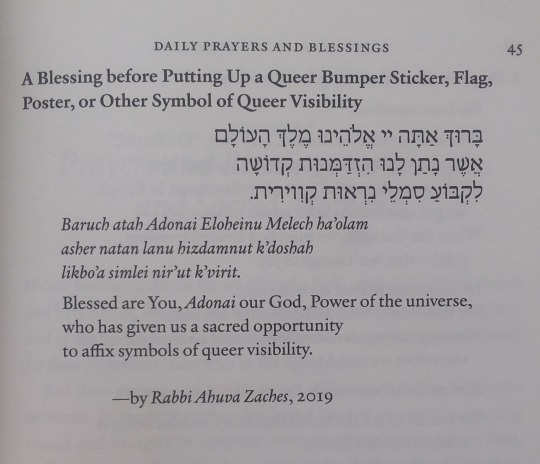
“A Blessing Before Putting Up a Queer Bumper Sticker, Flag, Poster, or Other Symbol of Queer Visibility
Baruch atah Adonai Eloheinu Melech ha’olam
asher natan lanu hizdamnut k’doshah
likbo’a simlei nir’ut k’virit.
Blessed are You, Adonai our God, Power of the universe,
who has given us a sacred opportunity
to affix symbols of queer visibility.
– by Rabbi Ahuva Zaches, 2019″
From Mishkan Ga’avah Where Pride Dwells: A Celebration of LGBTQ Jewish Life and Ritual, edited by Rabbi Denise L. Eger
3K notes
·
View notes
Text
some angel facts for tonight courtesy of Rabbi Isaacs:
- in Torah angels never do anything supernatural. They just show up and say stuff and then leave. Or maybe fight you if you’re Jacob. It’s the prophets who start assigning them miracles to do
- we don’t say the blessing for the new month before Rosh HaShanah because we don’t want to remind the angel of death what day it is, he is bad at calendar (also hates loud sudden noises, i have a lot in common with him it seems)
- one time an angel drop-kicked a dude off the temple porch and we know it was an angel because it left a hoofprint on his shoulder. Angels have hooves specifically like baby cattle, we learn
- the seraphim lost a set of wings when the temple was destroyed! it was the pair they used for singing! OH NO!
- angels just look like whatever God wants them to look like at the time, which is why so many of them (all of them in the Torah) show up looking like men (aside from their calf feet, presumably). There’s no particular suggestion that an angel who looks like a human is “in disguise,” it’s just that’s what the angel needed to look like to do that job, I guess. Sometimes people who are special notice that a dude is an angel but not necessarily because they see anything other than a dude who happens to be an angel
(if their job is to be screaming and on fire they’re shaped like a thing that would scream and be on fire???)
- demons hate peas
6K notes
·
View notes
Text
episode of the masked singer where there’s a person in a very large bug costume. they pull off the headpiece and it’s franz kafka.
131 notes
·
View notes
Text

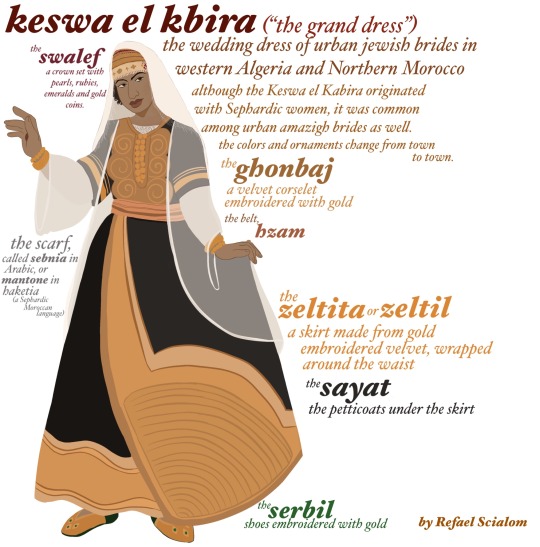


I’m really excited to share this little historical art/information I’ve been working on these last few days! A lot of research and love went into it ❤️
special thanks to my grandma and great grandma for, as well as to my friend maya for stories about Tunis and Djerba 🇹🇳
9K notes
·
View notes
Text
today i learned that Jews in Ireland used to call an goyische Irish person “beitz” or “beitzimer” (pl) which in hebrew is EGG. because “eggs” in yiddish is “eyer”. (get it?? because eyer-ish?)
9K notes
·
View notes
Text
when christian artists change the line in hallelujah from “maybe there’s a God above” to “I know that there’s a God above” >:c
219K notes
·
View notes
Photo
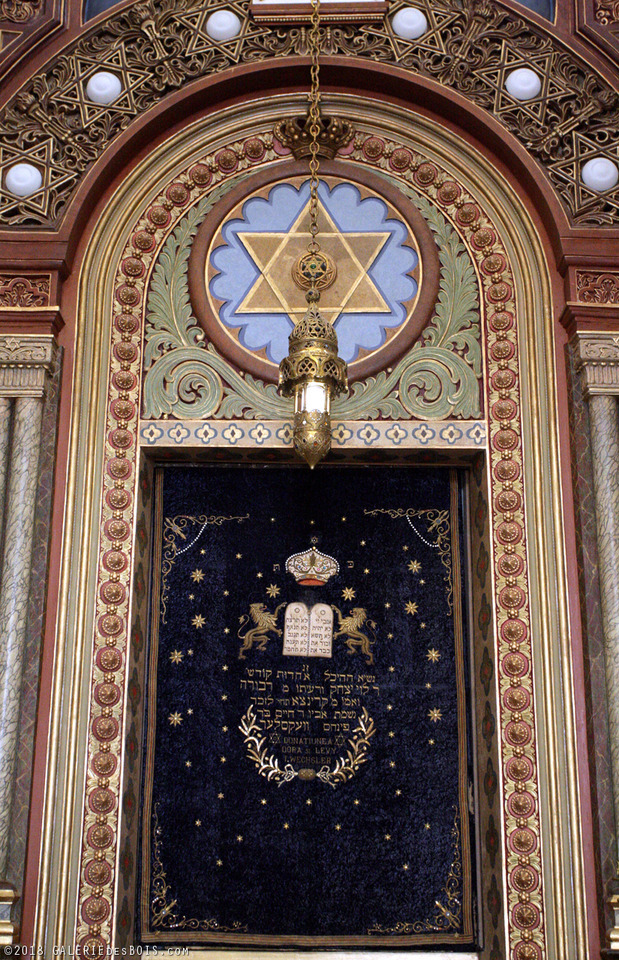
Templul Unirea Sfântă Synagogue (Torah Ark)
Bucharest, Romania
23 October 2018 [ref: RO18-1181]
2K notes
·
View notes
Photo

It’s almost the end of hannukah, so I must leave you with one final gift. Happy Channukah, I hope this image haunts you until Pesach.
24K notes
·
View notes
Photo




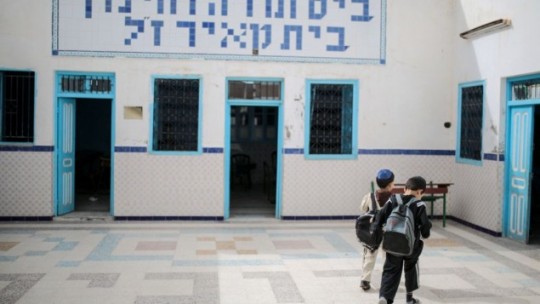

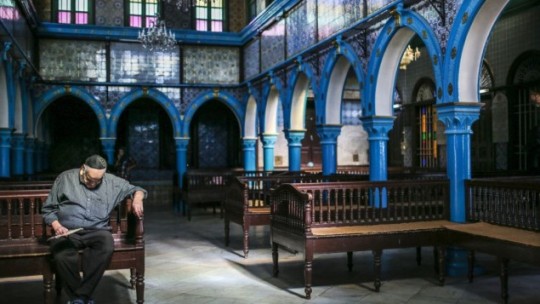
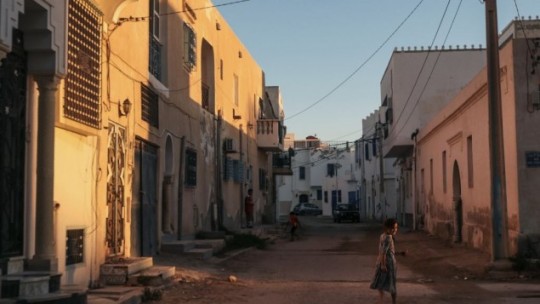


Jewish community of Djerba, Tunisia. Photos by Mosa'ab Elshamy.
When school lets out, the streets around the ancient synagogue on this Tunisian island fill with rambunctious boys wearing Jewish kippahs and girls in long skirts, shouting to each other in Hebrew, Arabic and French. The Jewish community in the resort island of Djerba traces its roots all the way back to Babylonian exile of 586 B.C., and is one of the few communities of its kind to have survived the turmoil around the creation of Israel, when more than 800,000 Jews across the Arab world either emigrated or were driven from their homes.
1K notes
·
View notes
Text
ok so who's gonna make a klezmer version of rasputin it's what hashem would want
14 notes
·
View notes
Text
Job: why did you make me suffer
Hashem: ... well on the bright side i did win that bet
1 note
·
View note
Text
Batsheva: If you’re going to give grapes to a baby make sure you cut them in half.
Shlomo: *visibly confused*
Batsheva: The grapes Shlomke not the baby
122 notes
·
View notes